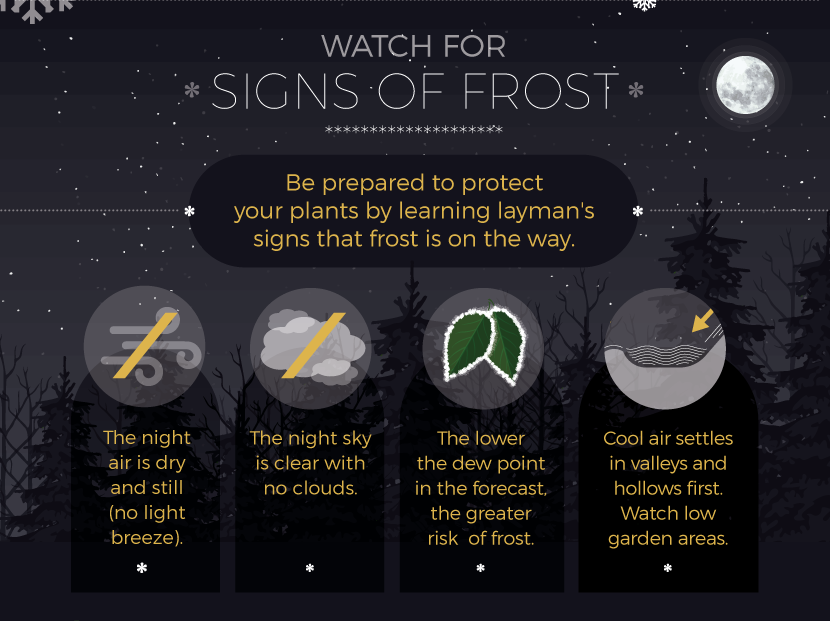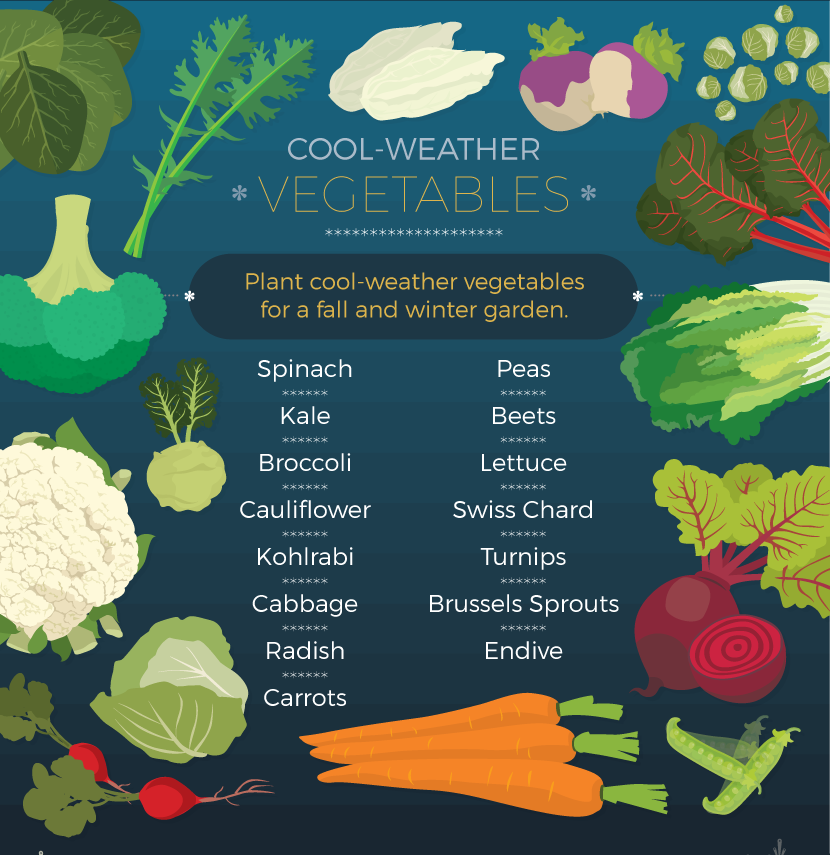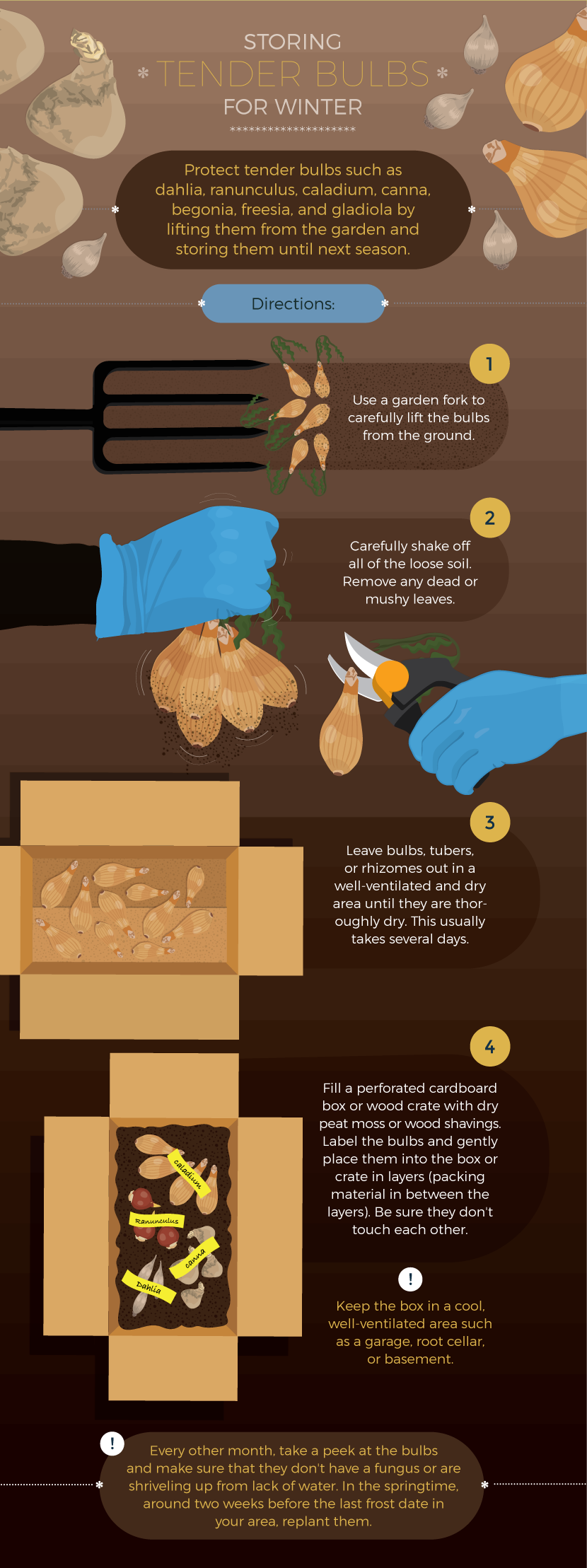Protecting Plants from Winter Weather
I’ll admit up front that I am not the biggest fan of winter. The first rains are nice, cozy, and seasonal. First snows are gorgeous, all wonderland and Christmas-like. But once wet weather marches into January I’m over the winter romance and Jack Frost and I are no longer speaking. Perhaps my great love affair with plants has made me biased.
Here are some strategies that seasoned gardeners use to protect their ornamental plants, trees, shrubs, and vegetables from the wrath of Old Man Winter.
Winter Protection for Trees, Shrubs, and Perennial Plants
If you live in an area that receives heavy snow, there’s no reason to go looking for trouble if you can avoid it. I would encourage you to plant cold-hardy perennials, trees, and shrubs from the very beginning. Local nurseries as well as your cooperative extension office can help guide you in the right direction. That said, cold-hardy or not, many plants could use a little help from the gardener getting plants safely from fall to the following spring.
For gardens growing in places that see very little (or no) snow, general frost protection can make all the difference. Most cold-weather protection will involve some kind of barrier to prevent frost or snow from settling on plant foliage.

- If you have potted plants that are moveable (i.e., not too heavy), the first line of defense is to pull them under the eaves of your home or under a porch cover.
- Mulch perennial plants in late fall with 4”-6” of straw or dried leaves. If the following spring is early and warm, pull the mulch away from the plants a bit. But don’t remove it until the threat of frost has passed (AKA the “last frost date” in your area).
- Plants should head into winter well-watered and continue to be irrigated throughout the cold months if you don’t have much rain. Water traps heat; therefore, roots actually stay warmer when water is present. Water deeply, early in the day, and about three times a month.
- Hardy bulbs such as daffodil, tulip, hyacinth, and crocus will tolerate hard freezes. However, tender bulbs such as dahlia, ranunculus, caladium, canna, begonia, freesia, and gladiola will be destroyed. Tender bubs should be dug up from the garden, stored for the winter, and replanted next season.
- Cloth tarps or burlap makes great frost protection for in-ground plants and potted shrubs or trees that are too heavy to move. Any cover you use should drop all the way down to the soil (root zone).
- Delicate trees such as citrus, as well as young trees, benefit from burlap wrapped around their trunks.
- Cardboard boxes (or even newspaper) can be placed over perennials and shrubs as a nighttime cover.
- Recycle sheets, blankets, and drapes by using them as plant covers. Cover of any type should shield plants without actually touching them. Use bamboo or other stakes as a frame to hold the covers up and around plants.
- Plastic works as a cover, too, but remember to make a frame that keeps the plastic from touching the plants. Some gardeners staple plastic around a wooden form, a creating a removable “box.” This works well, but it’s recommended that a box that’s enclosed be removed during the day (warmer temperatures) and replaced at night.

What About Antitranspirants?
Antitranspirants are usually made of an acrylic, latex, or wax which forms a film over the surface of plant foliage. The idea here is that they reduce moisture loss. It makes sense that they are often used on Christmas trees to keep them fresh for several weeks. It seems that gardeners are split into two camps when it comes to using antitranspirants. One group likes the success they’ve had with them, while the other group argues that they interfere with the normal process of gas exchange and believes that these products do more harm to the plant than good.
This controversy about whether these products are good or bad for plants has left me on the fence, so I decided to abandon the idea of using them and just stick to using various physical barriers as cold buffers. I will leave you, dear reader, to experiment and decide for yourself.
The Winter Vegetable Garden
If you think vegetable gardening is only for the summer months, then I have some good news for you. The winter vegetable garden is a thing. Incidentally, although cold-weather crops can be kept through the winter months, they should be started in early fall so that the majority of their growth is finished before freezing temperatures take hold. Much of the “winter garden” is about keeping the grown (or nearly grown) vegetables fresh for winter eating.
Cool-weather vegetable varieties such as kale, spinach, broccoli, cauliflower, cabbage, Brussels sprouts, kohlrabi, turnips, and even lettuce all happily produce for you in what are typically considered the “down months” for gardening.

For the mild-winter areas where light frosts are the norm, many winter veggies such as kale and broccoli don’t need protection at all. In fact, a little frostbite just adds flavor to both broccoli and turnips. Surviving a hard frost or snow is a different story, of course.
Growing winter vegetables in portable containers is worth considering as the plants can simply be brought under an existing porch cover or other sheltered area. If they are planted in the ground, there are other ways of protecting them.
- Hoop Houses/Tunnels are some of my favorite gardening tools of the winter veggie garden. They are easy to create with PVC pipes that are spaced at even intervals along the raised garden bed. They are secured to the bed frame, bent over the entire bed, and then secured to the other side of the frame. A material such as 6 mil polyethylene is then tossed over the entire structure. Rocks or bricks can be placed along the bottom of the material to hold it to the ground.
- Row Covers where cold weather is concerned can be a good first line of defense. They are made by using a garden fabric or light sheet to cover individual rows of plants as opposed to the entire bed like a hoop house would. Although they are helpful frost protection, I always suggest that the cover not actually touch the plants themselves. In this case, I would push the end of a curved wire into the ground on one side of the plant, continue over the plant to the other side, and press the other end into the ground in order to hold the fabric away from the plant. Tapping small, bamboo poles into the ground would accomplish the same thing.
- Cold Frames are extremely handy for winter gardens and are my favorite of all the protective structures. They resemble very short and simple greenhouses and are usually built with a rectangular wooden frame. Cold frames don't have shelves or heat and the plants rest on (or in) the ground instead of on shelves. The top part of the house is built to open and close and is made of glass or heavy plastic, which makes the most of any sunlight during the winter.
- Cardboard Boxes can be placed over individual vegetable plants overnight when a frost is expected. They should be removed during the day so the vegetables can continue to mature.

Everyone knows you can’t beat Mother Nature at her own game. She runs the show and isn’t shy about throwing her weight around just to prove a point. But there are many ways to stack the odds in your favor and have most of your garden come out unscathed.
Embed the article on your site

